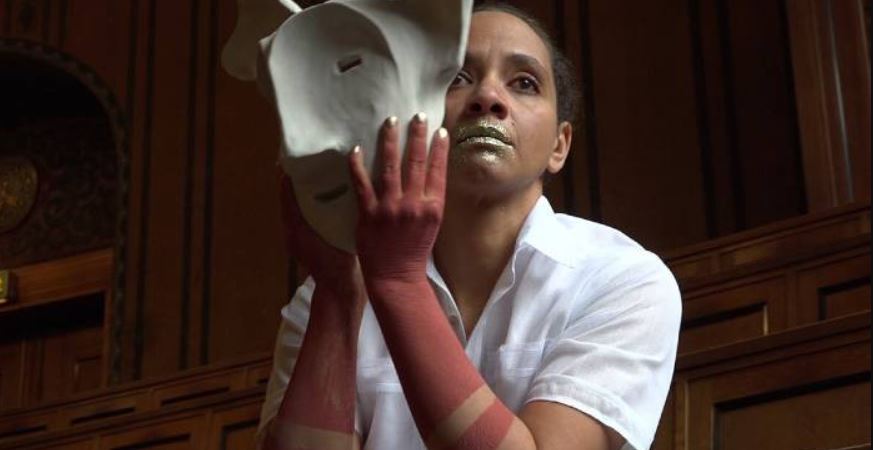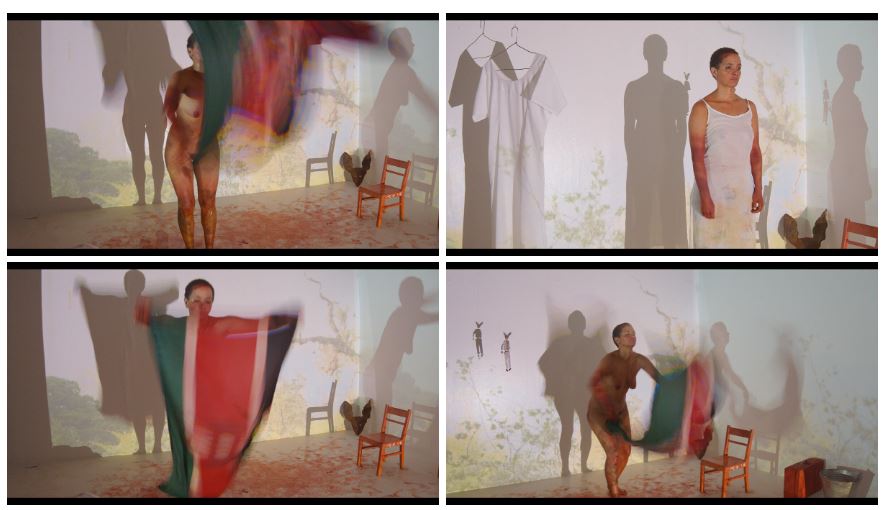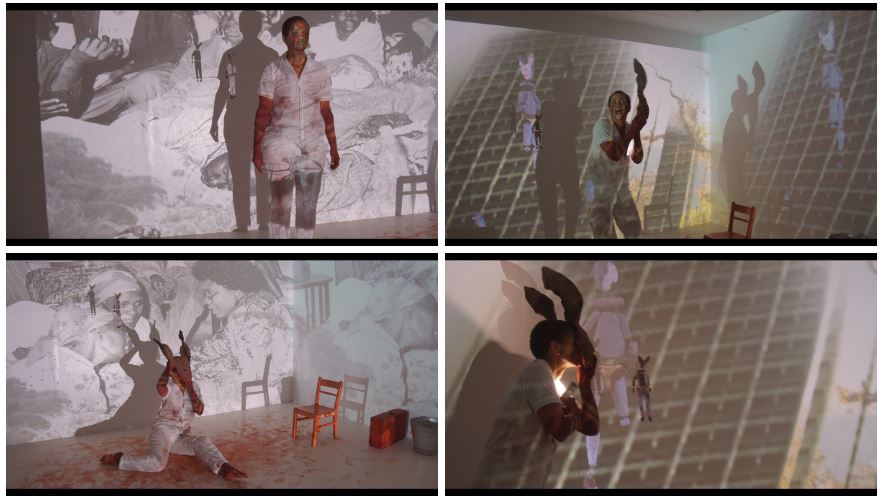
Syowia Kyambi is a multimedia and interdisciplinary artist and curator whose work spans photography, video, drawing, sound, sculpture, and performance installation. She is of Kenyan and German descent, based in Nairobi, Kenya.
Kyambi spoke to Cheptoek Boyo about her latest Kaspale exhibition.
Give us a short background about yourself.
I was born and raised in Nairobi, and I’ve been making art since I was a young child. When I was young, my art teacher was Theresa Musoke, a fabulous Ugandan artist. In my teenage years, I was with Liza Mackay, Morris Foit and Patrick Mukabi. I have powerful memories of that time in my life. I also have strong memories of being 15 years old and Richard Kimathi coming and working with Theresa Musoke in my parent’s back garden. I think these are the people who formulated, influenced and supported my art, as well as my parents. For my higher education, I was at the Art School of the Art Institute of Chicago for my BFA and received my MFA from the Transart Institute.
What inspired you to become an artist?
Art was a lifesaver for me. The art process really helped me so much. Art was an anchor when I needed an outlet to process all the things happening around me.
Why did you decide to team with Nairobi Contemporary Art Institute (NCAI) for your latest work Kaspale?
Kaspale, the exhibition at the Nairobi Contemporary Art Institute (NCAI), is the only one that has featured elements of every part of the Kaspale project. However, it’s still only showing a quarter of what the Kaspale project is because of unique and curatorial decisions. Previously, I presented one work connected to Kaspale at the MARKK Museum in 2019, but that is a specific work titled, Kaspale’s Archive Intrusion. And there was never an idea of doing a project. It just became a work of art that I kept exploring, and what you have at NCAI is a presentation of that exploration. 
The last time you showcased in Nairobi was seven years ago; why was this the right time for you to come back?
I exhibited a single work in a group exhibition in 2018. There is generally a long gap between solo shows as it takes time to develop work for solo exhibitions. I think the other factor that contributed to this is that my work tends to be a large scale, about 7m-14m, and we don’t have those kinds of spaces yet. The Nairobi National Museum is one. But a lot of the other spaces are not big enough.
While performing as Kaspale, you use a mask; what is the inspiration for the mask?
The mask is a double face. It was inspired by a Makonde mask, which is in the MARKK Museum, Hamburg, in their archive. I created the character, Kaspale, to have a tool I could use as an intervention for themes that are hard to communicate.
What are some of the challenges you are facing as an artist?
We need to have better support structures for the development and exposure of ephemeral work. We need a better support system where we don’t get censored inside national spaces.
Advice to other upcoming artists?
Be prompt in responding to your administrative tasks. If somebody writes to you and wants to see something or a portfolio, don’t take your time to send it because there are many people who are just as good as you, if not better. When you get a no on an application for something, don’t worry too much about it; keep writing applications.
